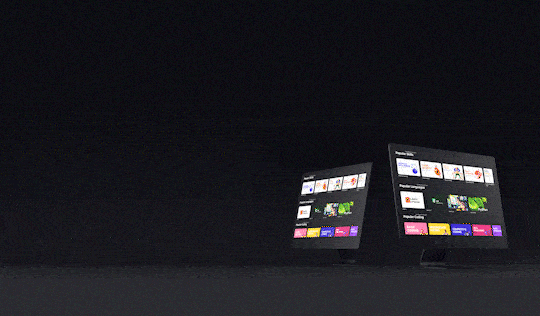0
Notifications Mark All Read
- Login
- Get Prime
What is Data?
Data in DBMS
In a database management system (DBMS), data refers to the information stored in the database. This can include various types of information, such as text, numbers, and dates, and can be organized into tables and other structures for efficient storage and retrieval. The data in a DBMS is typically organized and accessed using SQL (Structured Query Language) commands. On this page, we will learn about what is data.
What is Data?
In computer science or DBMS, data is an efficient model of information, which is stored in a format that is highly efficient for movement over various networks.
It can be internal networks of the computer itself(i.e local movement in storage disk of a computer) or global movement via the internet.
Data is generally a raw format of any information. It may be text information or any rich formatted information.
Consider you’re visiting a website, your computer downloads all the HTML, CSS and various java-script for that website and renders the page. All this is datas download.

Information
Information is nothing but that data being viewed in a structured format.
Example, when you visited that website. The browser stores your cookies and the website based on your IP address can find the country you’re accessing the website from. Thus, your IP Address which is datas becomes information when a meaning full context is applied to it.
Units of data storage
Bit:
The smallest/fundamental unit of measurement used for measuring data is a single bit, it contains a binary value such as true/false(1 and 0’s)
Byte
-
- A byte corresponds to 8 bits of data which is the fundamental unit of measurement of data
- A byte can Store 2n bits i.e
1 byte = 28 bits = 256 different values
Kilobyte (KB)
Files required thousands of bytes to store, textual data files are often measured in kilobytes(KB).
Megabytes(MB):
Larger files such as images, audio files, videos contain millions of bytes hence visual and audio datas stored in MB.
Gigabytes(GB):
Storage devices store thousands of files in a wide range of formats varying from a simple text file to high-end graphical videos audios images, etc to store data in the form of gigabytes or even terabytes (TB).
Below is a list of standard measure of data storage in increasing order of size
| Unit | Size |
|---|---|
| Byte(B) | 8 bits |
| KiloByte(KB) | 1000 1 bytes |
| MegaByte(MB) | 1000 2bytes |
| GigaByte(GB) | 1000 3 bytes |
| TeraByte(TB) | 1000 4 bytes |
| PetaByte(PB) | 1000 5 bytes |
| ExaByte(EB) | 1000 6 bytes |
| Zettabyte(ZB) | 1000 7bytes |
| yottabyte(YB) | 1000 8bytes |
Example: 100KB(KILOBYTES) = 100*8 = 800(KILOBITS)
Prime Course Trailer
Related Banners
Get PrepInsta Prime & get Access to all 200+ courses offered by PrepInsta in One Subscription
Get over 200+ course One Subscription
Courses like AI/ML, Cloud Computing, Ethical Hacking, C, C++, Java, Python, DSA (All Languages), Competitive Coding (All Languages), TCS, Infosys, Wipro, Amazon, DBMS, SQL and others

 0
0



Super
In the unit-size table, Size Of Byte is 8 bits